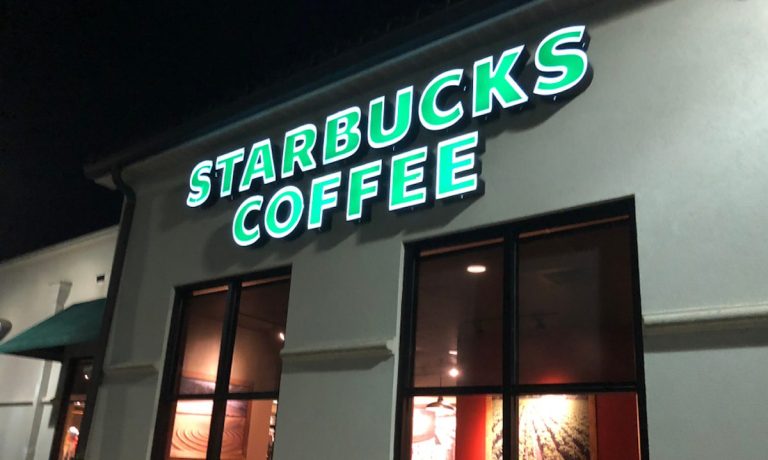
Starbucks’ base of active loyalty program members continues to grow, though that growth has slowed in the past several months. On Thursday (Oct. 28), the Seattle-based company, which operates the world’s largest coffeehouse chain both in terms of the number of locations and revenue, announced in an overview of its Q4 2021 results that its loyalty program’s 90-day active member count has grown to 24.8 million, up 28% year over year.
“Perhaps more persuasively than ever, the strength and resilience of the Starbucks brand and the power and opportunity afforded by the authentic connection and the deep trust and loyalty we have built with customers around the world is resonating,” Starbucks President and CEO Kevin Johnson told analysts on a call.
This figure seems impressive, but much of this growth happened in previous quarters. The program only increased its active membership base by 2.5% between Q3 and Q4. This slowing may be attributable in part to the tapering off of the sales boom that restaurants saw in the early months of the vaccine rollout, one that Starbucks highlighted months ago when discussing its strong third-quarter loyalty growth.
Read more: Starbucks’ Active US Membership Soars to 24.2M Amid ‘Great Human Reconnection’
Granted, Starbucks is a clear leader in the digital space. PYMNTS’ Provider Ranking of Mobile Order-Ahead Apps, which takes into account factors including loyalty and rewards program integrations, the number of active users each month, the average amount of time users spend on the app and the availability of different ordering options, has Starbucks in the top three, right behind Domino’s and Dunkin’.
Given the coffeehouse’s success with its rewards, it is possible that Starbucks is taking a moment to direct its digital attention to less explored areas. Earlier this month, it was reported that Starbucks has been in talks with Amazon to create a coffee shop with Amazon’s “Just Walk Out” technology, dramatically reducing friction in the in-store experience. This move is a risky one, given the extent to which interactions with baristas have become a central part of many customers’ coffeehouse experiences.
See also: Starbucks Eyes Cashierless Stores With Help From Amazon
“Last year, we made significant pandemic-driven strategic investments, including … accelerating our U.S. store portfolio transformation by opportunistically repositioning 500 stores to better locations with more favorable economics,” said Johnson. “To this last point, we expanded our portfolio drive through introducing new store formats to meet our customers where they are, and turbocharged growth in our digital customer relationships in the U.S. and China.”
The decelerating of loyalty growth may also be due in part to Starbucks directing its focus to other areas of growth — specifically, to expanding its global presence. In the quarter, the chain launched its first location in Barbados and announced a major expansion of its ready-to-drink (RTD) partnership with Nestlé to three new international markets: Southeast Asia, Oceania and Latin America.
“These investments are driving and strengthening our global business and setting us up for even greater success in the future,” said Johnson.